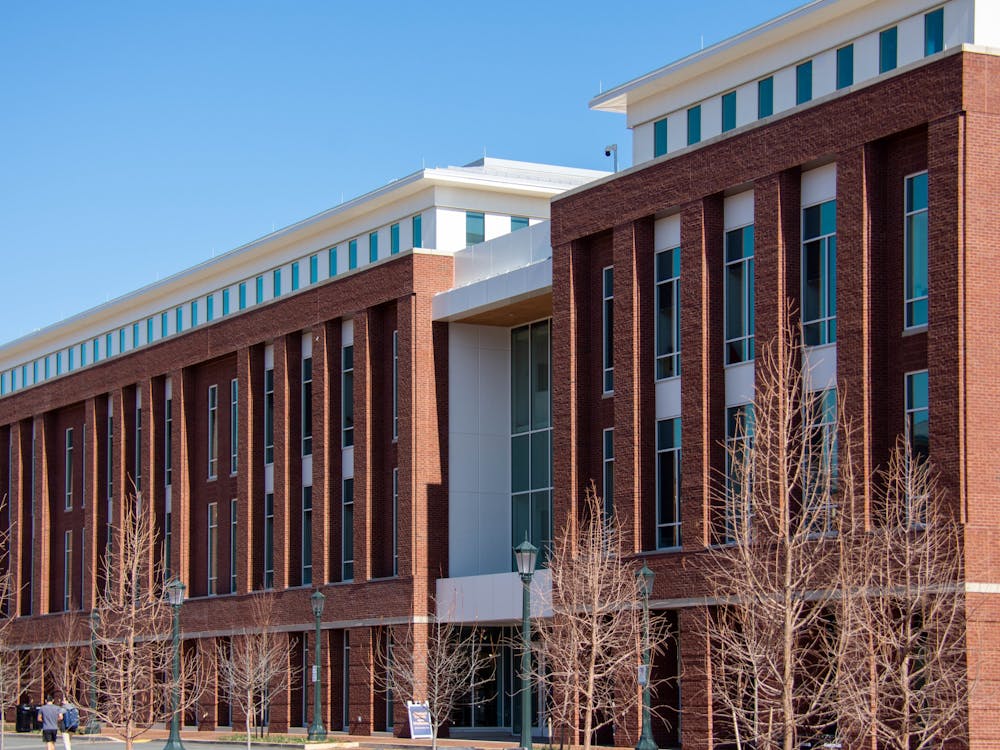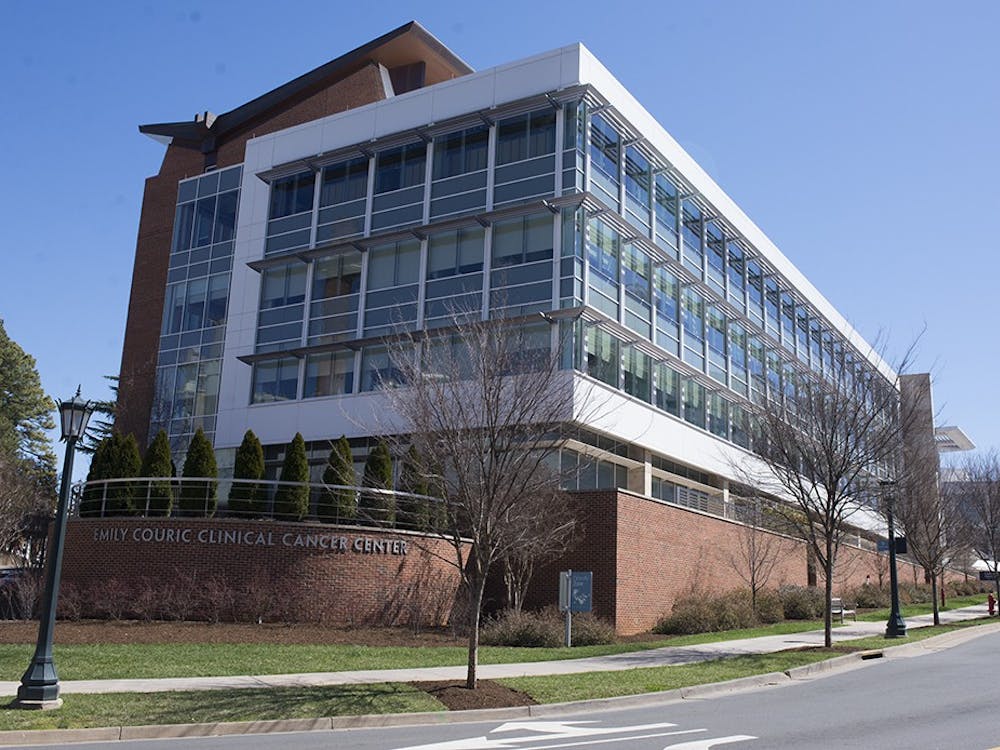With the incidents of violent crime on Grounds the past few weeks, it seems to be a good time to remind students about another type of violence affecting the student body: sexual assault and rape.
According to Allison Motheral, president of Sexual Assault Peer Advocacy, or SAPA, a group that focuses on helping survivors of sexual assault, sexual assault can be "unwanted touching, threats of physical violence, comments or a teacher or other authority making you feel uncomfortable sexually."
Motheral also emphasized that sexual assault is an umbrella term that includes sexual harassment in the forms of inappropriate comments or teasing.
"Sexual harassment falls under broader category of sexual assault, which not many people think about because people think assault would only include a physical attack," Motheral said.
Recently, Jacqueline Chevalier, an alumna from the class of 2006, conducted a survey with Christopher Einolf, a lecturer in sociology at the University, on instances of sexual assault and rape against women at the University. The survey used the Virginia state law's definition of rape: any sexual penetration that occurs against the victim's will by force, threat, or intimidation or where the victim is unable to consent because she is physically or mentally incapacitated.
The study found that, of the 779 women who responded, 17.6 percent reported having been raped during their four years at the University. Only 10.7 percent of the alleged rape victims say they reported an incident to the police.
"This is about as accurate as you are likely to get," Einolf said.
He said these statistics may even underestimate the true amount of rape occurring at the University. Einolf cited underreporting as one cause of this.
"It is difficult to ask people about sexual assault, because people don't always want to talk about it." Einolf added.
Claire Kaplan, director of Sexual and Domestic Violence Services at the U.Va. Women's Center, says "rejection by the community, being told 'It's your fault,' and personal shame" are reasons many victims do not share their stories.
"[The pain] doesn't go away. It stays there and it eats at you," she added.
According to Scott Martin, the selections coordinator for One in Four and internal chair of Sexual Assault Leadership Council, when people do talk about their experiences with rape or sexual assault, it is often to friends.
When a woman comes forward about her experience, it is imperative to "first and foremost, listen to her, because if she is not believed, that can hinder the recovery process," Martin said.
Motheral noted that, statistically, it is unlikely that people will lie about being sexually assaulted or raped.
"According to the FBI Uniform Crime Report, 92 percent of all sexual assaults reported to police are substantiated," she said.
In addition to believing the victim, it is important to avoid blaming her in any way for what happened. This is why, according to Motheral, SAPA focuses on what people can do to help a victim after the assault has occurred.
"Sometimes prevention work can put focus on the wrong place, and the reason it is happening has nothing to do with women and more with the attacker," Motheral said.
Martin agrees.
"A lot of survivors feel like what has happened is their fault in some way," he said. "It is only the perpetrator's fault."
It is often easy to blame the victim in some way, especially if he or she was under the influence of drugs or alcohol at the time of the assault.
According to Chevalier's study, the perpetrator was using drugs or alcohol in 92.6 percent of the cases of rape, and the victim was using drugs or alcohol in 83.2 percent of rape cases.
"One fear that we had was that these statistics would be used to blame the victim, and the fact that the perpetrator is using drugs or alcohol might remove some of the barriers that might exist of immoral behavior," Einolf said.
Martin echoed Einolf's concern.
"Just because you're drinking doesn't mean you're saying 'Rape me.' That's just blaming the victim," he said.
Martin added that men are normally the perpetrators, and that he hopes "men will take a more active role in this community or, at the very least, not make these acts of sexual assault and rape."
Kaplan agrees that men need to be more conscious of this problem.
"Men need to take responsibility and own their actions and change their cultures," she said.
Although the University has taken significant measures to encourage victims to report their cases, such as creating the Sexual Assault Board, which handles cases of rape and assault, both Martin and Motheral believe that more can be done.
"U.Va. is much more forward-looking than some other universities, but in the past, the University has not done as good of a job getting people to come forward or getting people punished," Martin said.
Motheral pointed out that sexual assault and rape are not considered Honor offenses.
"We haven't had that many people kicked out of U.Va. for sexual assault, but if someone cheats on a test, they are," she said.
As the statistics from Chevalier's and Einolf's study show, sexual assault and rape are occurring at a rate that many people may find surprising.
"People don't want to think about the University being the kind of place where this thing happens," Einolf said. "People like to believe the world is a fair and good place, and this kind of report challenges that view."
According to Martin, sexual assault and rape affect many people at the University, but it is not talked about as much as it should be.
"These could be your best friends, and you may have no idea this is happening," he said. "Chances are you know someone right now who this affects, and we should be conscious of that."






